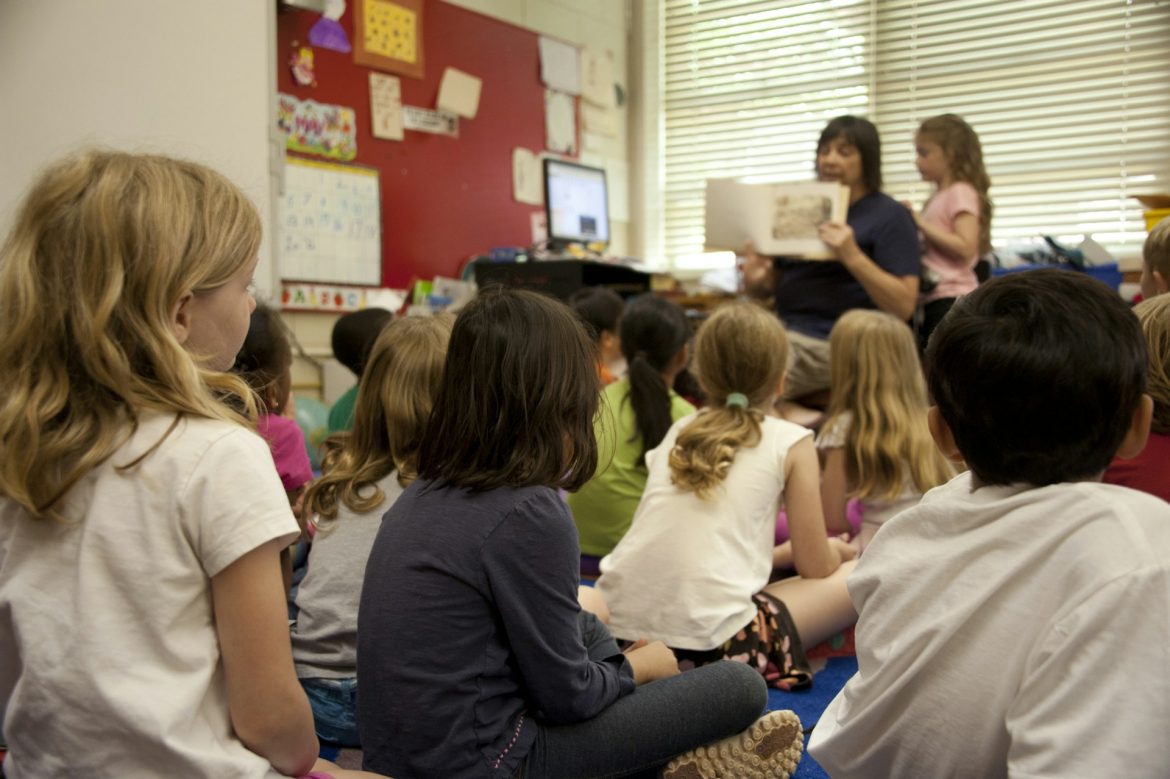In an age of abundant information, analyzing, evaluating, and creating new understanding is invaluable. Vital in education, critical thinking empowers students to navigate the complexities of the modern world effectively. Integrating it into classroom activities fosters deeper engagement and prepares students for challenges beyond school walls. Here’s how educators can cultivate an environment that nurtures critical thinking and enhances student engagement.
Encourage Inquiry-Based Learning
Inquiry-based learning places students at the center of the learning process, encouraging them to explore, ask questions, and derive conclusions. Instead of presenting facts, educators can pose thought-provoking questions and challenges, prompting students to research, discuss, and develop their hypotheses. This approach stimulates curiosity and drives students to actively engage with the subject matter.
Facilitate Socratic Seminars
The Socratic method, fostering critical thinking through questioning and dialogue, is a powerful classroom tool. Organizing Socratic seminars around a specific text or topic can encourage open dialogue, where students not only express their viewpoints but also critically assess the perspectives of their peers. This collaborative learning experience fosters a deeper understanding of the material and cultivates a culture of critical inquiry.
Implement Problem-Based Learning (PBL)
PBL challenges students with real-world problems, fostering critical thinking and effective strategies without predetermined solutions. This hands-on approach requires students to analyze the problem, research possible solutions, and work collaboratively to propose viable resolutions. PBL not only enhances critical thinking but also prepares students for real-life problem-solving.
Promote Reflective Thinking
Reflection is a critical component of the learning process. Encouraging students to reflect on their learning experiences, the strategies they employed, and the outcomes they achieved can deepen their understanding and enhance critical thinking. Journals, portfolios, or reflective essays can be effective tools for fostering reflective thinking, allowing students to evaluate their progress and identify areas for improvement.
Use Concept Mapping
Concept mapping is a visual tool that helps students organize and represent knowledge. By creating concept maps, students can visualize the relationships between different concepts, identify gaps in their understanding, and integrate new information more effectively. This technique encourages students to approach problems from various angles and promotes a deeper engagement with the subject matter.
Incorporate Debates and Role-Playing
Debates and role-playing activities require students to research a topic, develop coherent arguments, and anticipate counterarguments, enhancing their analytical and evaluative skills. By adopting different perspectives, students gain a multifaceted understanding of complex issues, encouraging empathy and open-mindedness alongside critical thinking.
Leverage Technology and Multimedia
Digital tools and multimedia resources can provide dynamic platforms for critical thinking exercises. Interactive simulations, digital storytelling, and online discussion forums can offer immersive learning experiences, allowing students to explore scenarios, experiment with outcomes, and engage in collaborative problem-solving.
Foster a Growth Mindset
A growth mindset, the belief that abilities can be developed through hard work and dedication, is integral to nurturing critical thinking. Encouraging students to embrace challenges, learn from failures, and persist in the face of difficulties can foster resilience and a willingness to engage deeply with complex problems.
Create a Safe and Supportive Environment
A classroom environment that encourages risk-taking and values diverse perspectives is crucial for promoting critical thinking. Clear expectations, constructive feedback, and celebrating creativity create a supportive learning space where students freely express ideas.
Continuous Assessment and Feedback
Continuous assessment and feedback are crucial for honing critical thinking skills. Specific feedback on reasoning, argumentation, and problem-solving refines their application.
Conclusion
Fostering critical thinking in classrooms goes beyond academics, preparing students to navigate life’s complexities effectively. Educators create dynamic, engaging environments using inquiry, discussion, problem-solving, and growth mindset promotion for critical thinking. We prepare students not only for academic success but also to become thoughtful, discerning, and proactive members of society.

